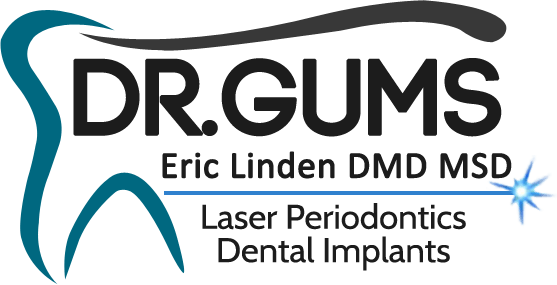CHICAGO–June 2, 2003–A case report published in this month’s Journal of Periodontology reported that minocycline, a commonly prescribed antibiotic in the treatment of acne and rheumatoid arthritis, can cause the teeth and bone to discolor, which may make gum tissue to appear blackish-blue in color. Patients who take this drug or healthcare professionals who prescribe it should be made aware of the possibility of oral discoloration. Case Report Abstract *
Mayo Clinic researchers were presented with a 29-year old white female patient referred to the periodontics department by her dermatologist for an evaluation of the dramatic blue appearance of the gum tissue and bone surrounding her teeth. A review of her medical history indicated that she had been taking 50 mg of minocycline four times a day for the past 17 months.
“We informed the patient that in addition to the bone discoloration, her permanent teeth could also become discolored with continued use of minocycline. And, unlike the periodontal bone, teeth discoloration from minocycline does not always resolve after discontinuation of the therapy,” said Phillip J. Sheridan, D.D.S., Mayo Clinic, Periodontics, Department of Dental Specialties. “In this patient’s case, the dermatologist elected to change antibiotics to treat her acne.”
“This case definitely ‘drives home’ the importance of collaboration between medical and dental professionals,” said Gordon Douglass, D.D.S. and president of the American Academy of Periodontology. “Periodontists have known for awhile that medical drugs can affect a person’s oral health, and this is a reminder for patients to inform their dental professionals of all medications they are taking.”
For example, over 400 medications produce dry mouth, which can be damaging to the gum tissue, including periodontal disease and tooth decay. Other drugs like calcium channel blockers, phenytoin (used for treating seizures) and cyclosporine (used following organ transplants) may also cause gingival overgrowth.
According to this case report, approximately three to six percent of long-term users of minocycline will develop dental staining. This discoloration does not harm the teeth, bone or gum tissue, but is the reason behind the blackish-blue appearance of the gums. The periodontal bone can become discolored from minocycline therapy and show through the gum tissue, causing it to appear discolored as well.
“Like acne, periodontal disease can take away a person’s confidence and smile,” said Douglass. “Also like acne, periodontal disease is a chronic bacterial infection. Whereas acne inflames the walls of the hair follicles causing the walls to inflame and break, periodontal disease destroys attachment fibers and supporting bone that hold the teeth into the mouth.”
A referral to a periodontist in your area and free brochure samples including one titled Periodontal Diseases: What You Need to Know are available by calling 800-FLOSS-EM or visiting the AAP’s Web site at www.perio.org.
The American Academy of Periodontology is an 8,000-member association of dental professionals specializing in the prevention, diagnosis and treatment of diseases affecting the gums and supporting structures of the teeth and in the placement and maintenance of dental implants. Periodontics is one of nine dental specialties recognized by the American Dental Association.
For more information, contact the AAP Public Affairs Department at 312/573-3243 or 312/573-3242.

